-
Japanese Honeysuckle Berries
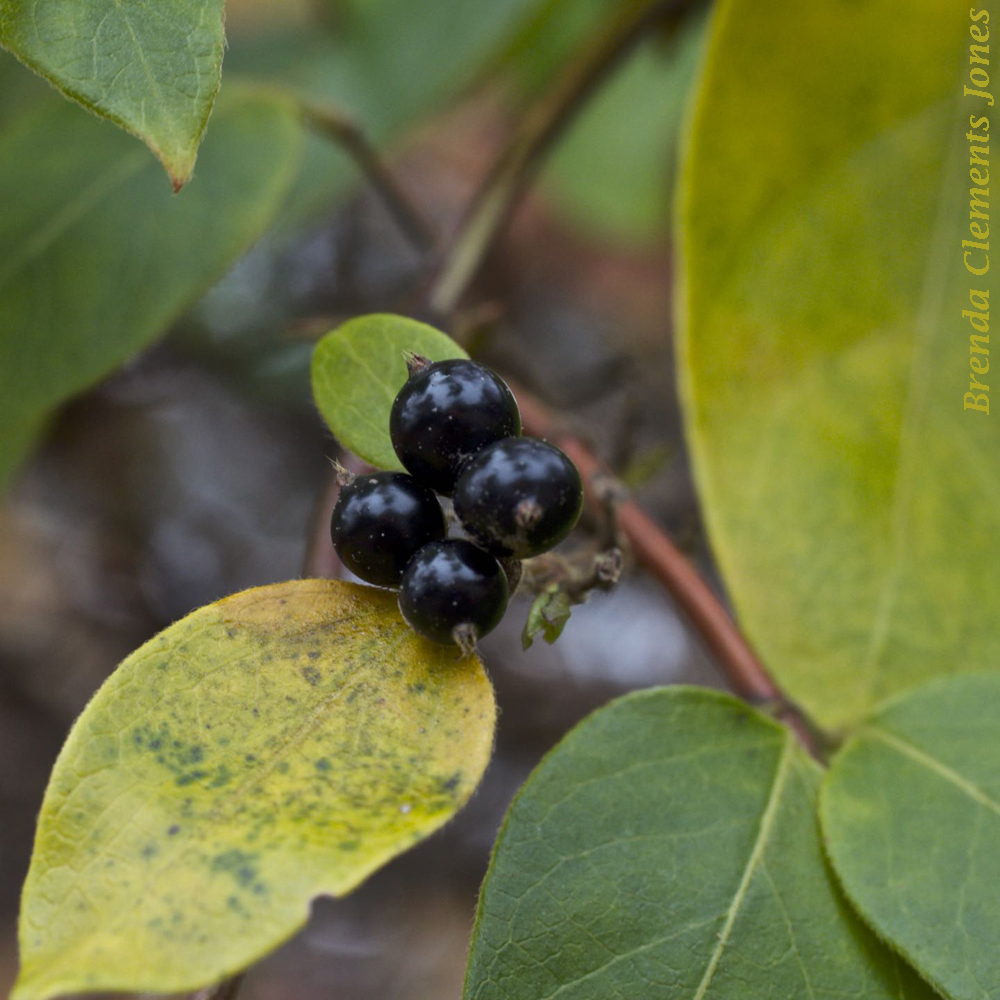
Japanese Honeysuckle (Lonicera japonica), the Honeysuckle that many of us know from childhood with the luscious drop of nectar that we’d catch on our tongue. Mmmm. And surprise, that Honeysuckle gets berries. Berries that are poisonous to us humans. The nectar is safe but not the berries.
-
Honey Bee
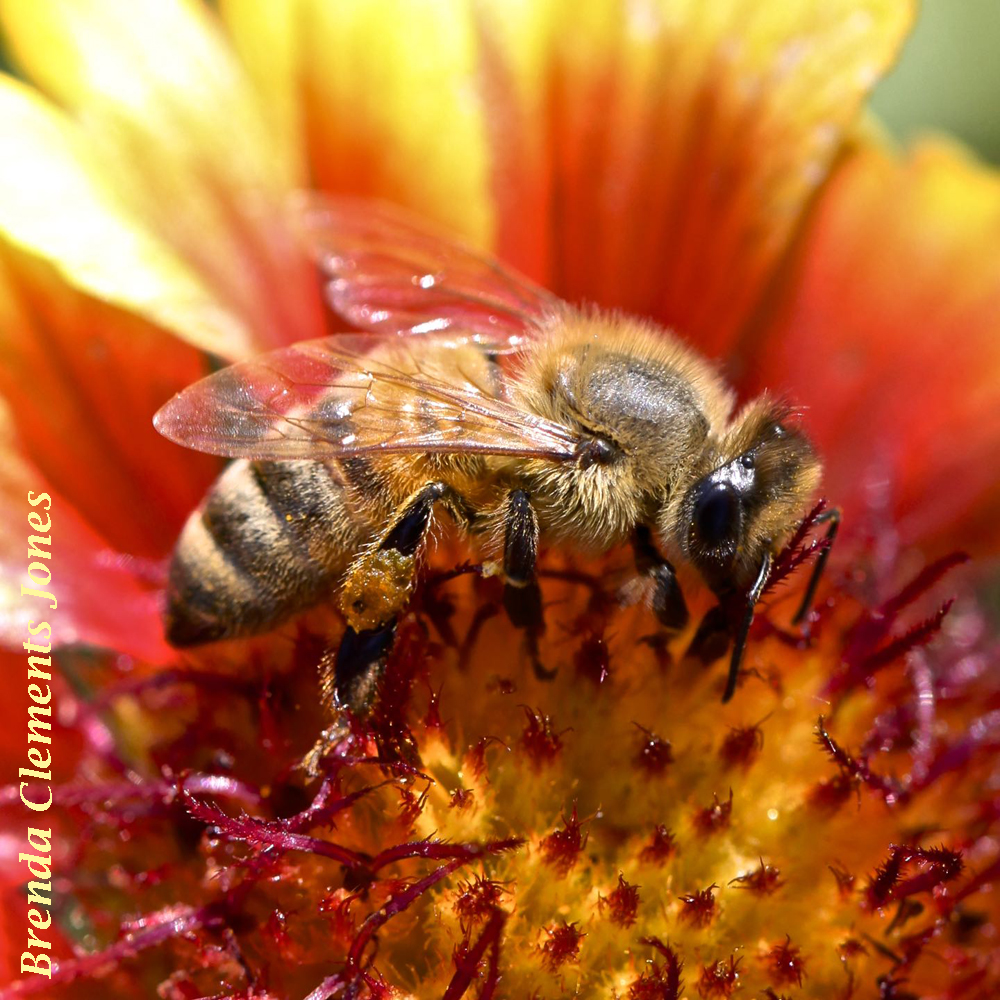
Honey Bee (Apis), surrounded by autumnal color in the center of a Gaillardia, collecting both nectar and pollen. Honey Bees need nectar and pollen for their colony. As they collect the pollen it is unwittingly distributed among other flowers, providing a helping hand, pollinating those flowers. The pollen provides nutrients including protein, which is used…
-
Tiger Swallowtail
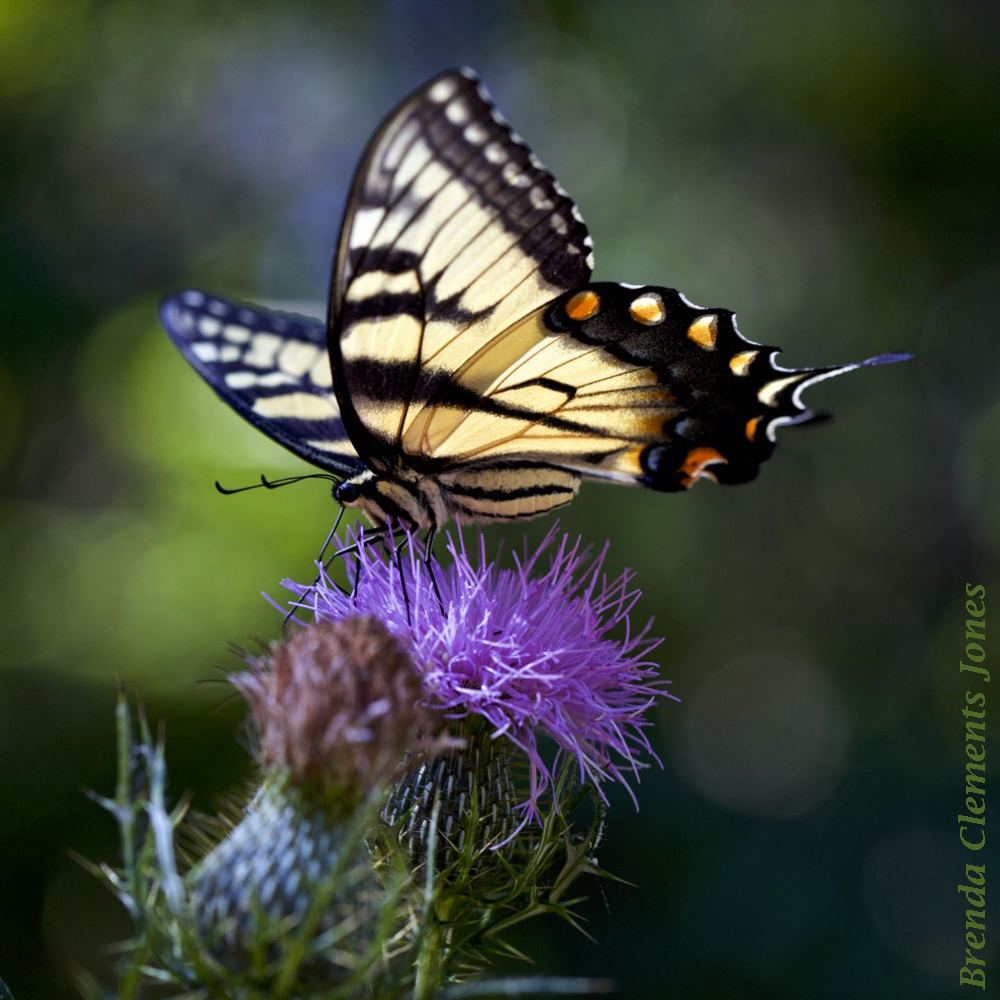
Sitting in the spotlight. Sipping nectar from a puff of powdery pink thistle. Tiger Swallowtail (Papilio glaucus).
-
Aromatic Asters
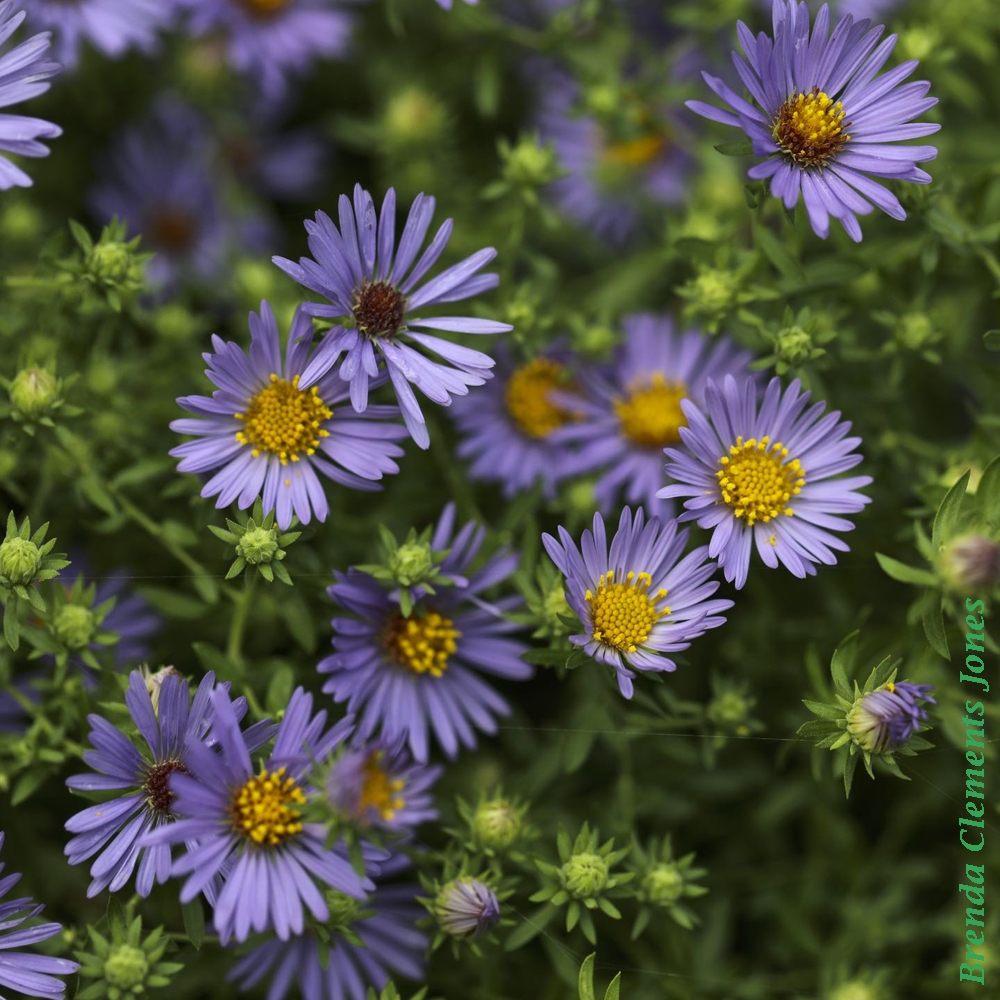
Aromatic Asters (Symphyotrichum oblongifolium) are visited by bees, butterflies and skippers, seeking nectar and in the case of the bees, pollen. The caterpillars of moths and of Silvery Checkerspot Butterflies eat the foliage. This Crab Spider is hanging around hoping to catch some dinner, just waiting for the perfect insect to come along. I’ve got…
-
Obedient Plant
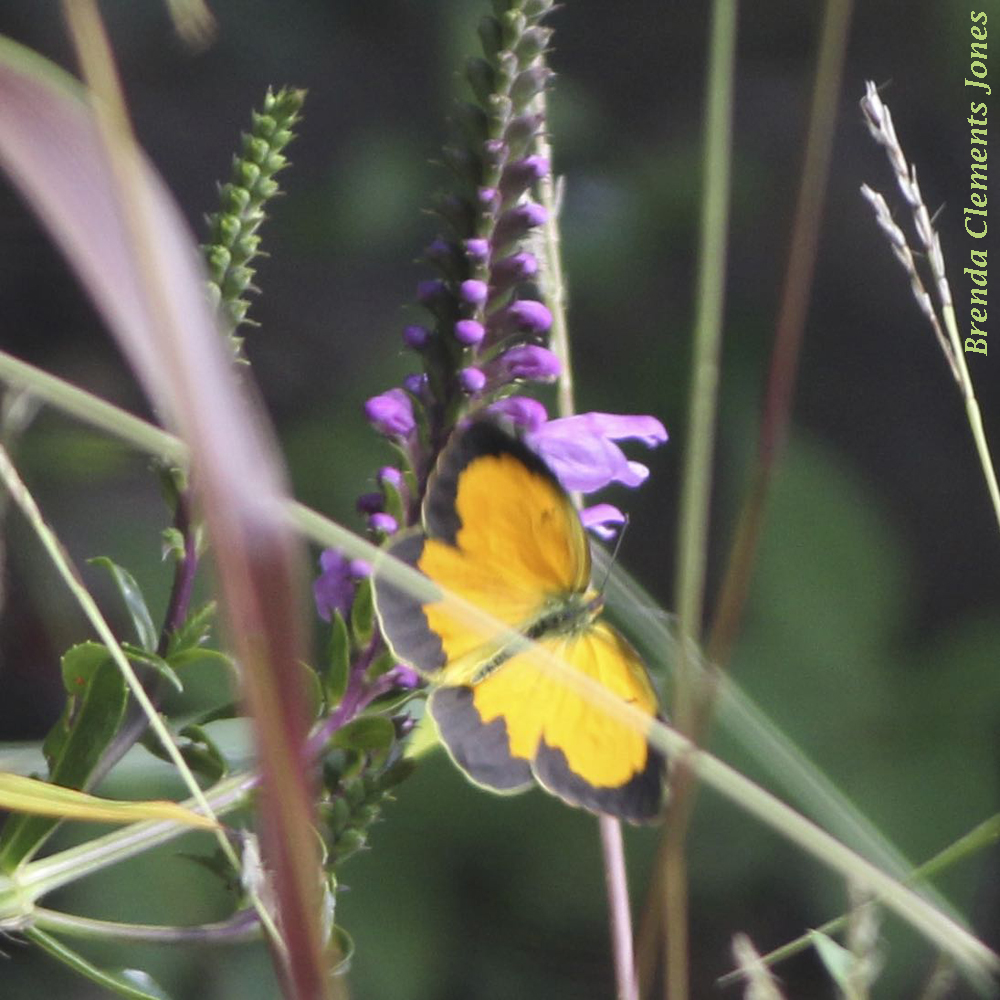
Obedient Plant (Physostegia virginiana). A lovely native to have in the garden. It’s native to North American in all states east of the Rockies but Florida, Massachusetts, and Connecticut. Obedient Plant can be found in the wild on river banks, wet ditches, prairies, swamps, and marshy areas. In moist sites it sometimes spreads aggressively. Sometimes…
-
Common Buckeye Revisited
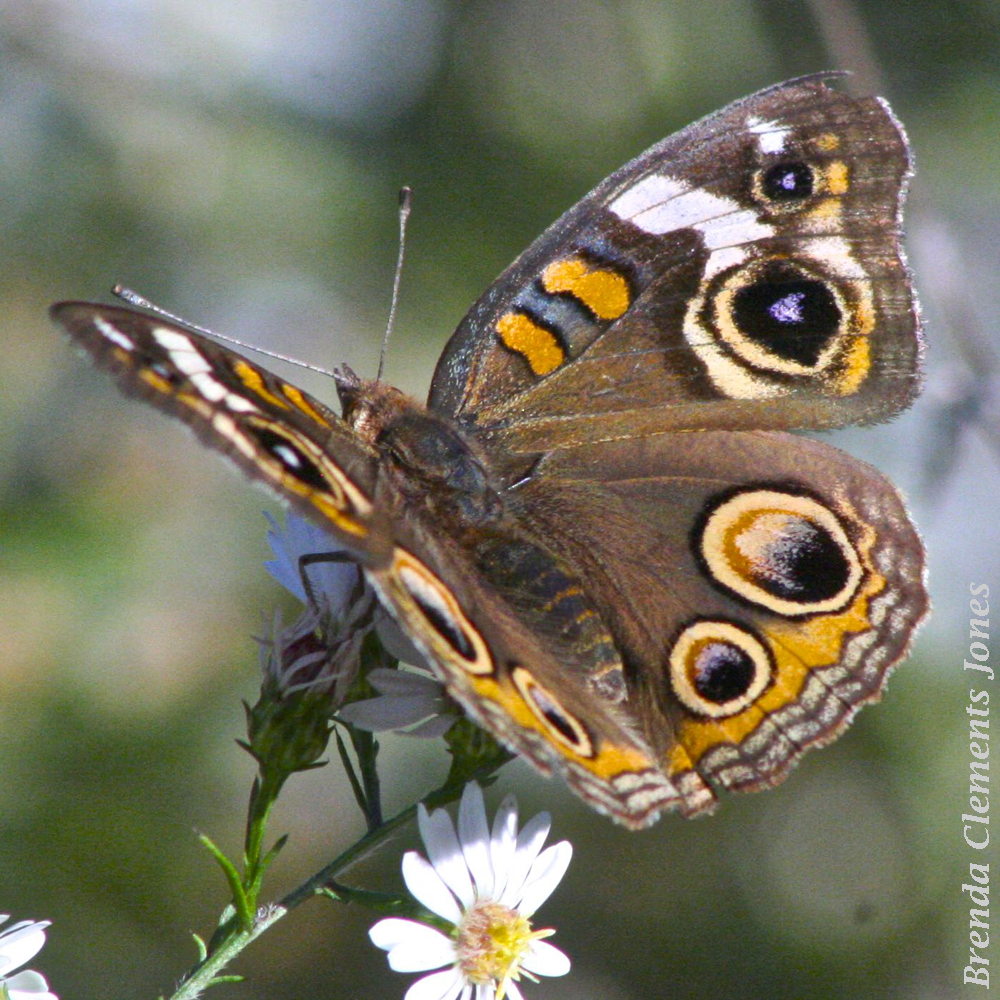
I’m looking forward to my Asters blooming. They are a big draw for an incredibly beautiful butterfly. The Common Buckeye (Junonia coenia). It’s when those Asters are blooming that I get to see the Common Buckeye. As an adult and butterfly they have a life of just six to twenty days. During those few days…
-
Red Admiral
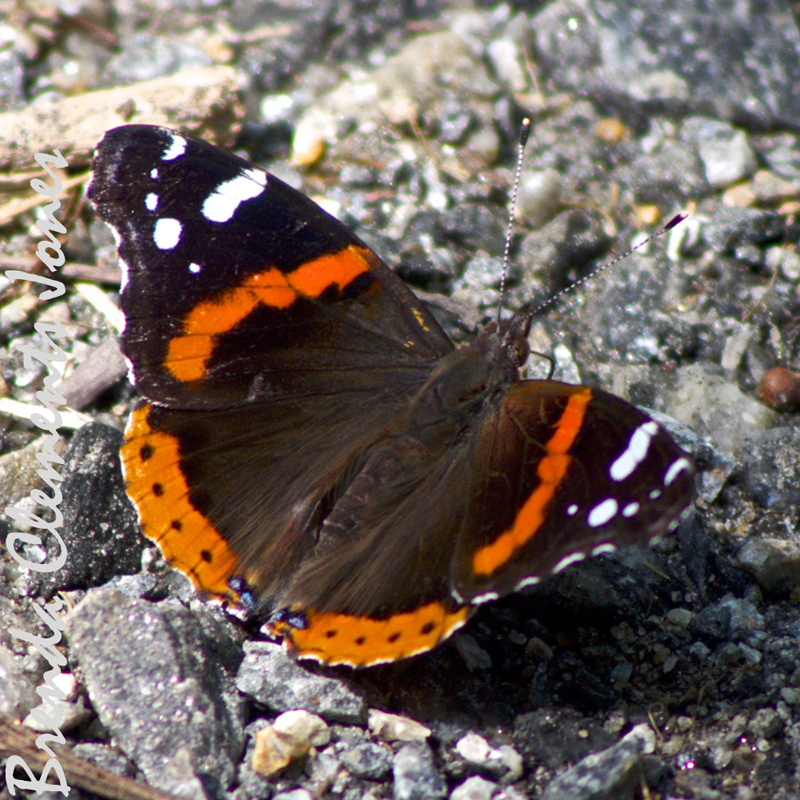
Rotting fruit, sap flows on trees, and even bird droppings. The favorite foods of the Red Admiral, Vanessa atalanta. If the Red Admiral can’t find these it will sip flower nectar from Common Milkweed, Red Clover, Aster, and Alfalfa and more. The dropping Persimmons here on my mountain have been a bigtime draw for these beautiful…
-
GOOD Mosquito?

Legs covered in blue and purple sparkles with a gilded body, much larger than mosquitoes that we usually notice, the Elephant Mosquito, Toxorhynchites rutilus, is one mosquito that we should encourage. The largest mosquito in North America, from tip to tip (of its legs) this mosquito measures one inch, and the adult female has a wing span of…